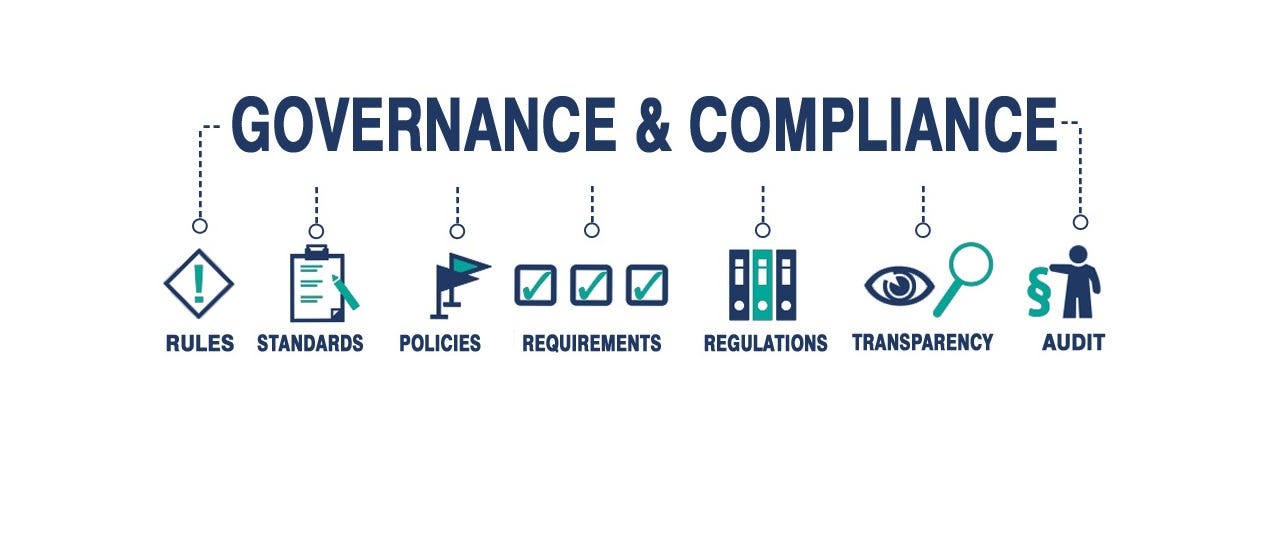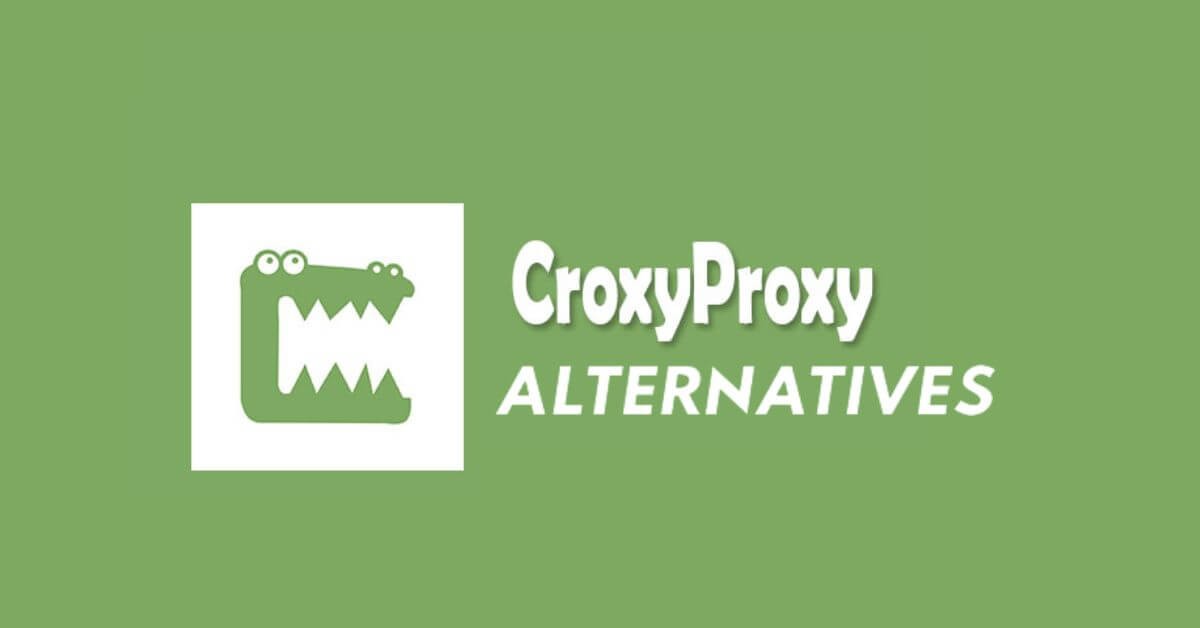DevOps has emerged as a transformative approach that harmonizes the traditionally separate domains of development and operations in the ever-evolving software development landscape. This methodology Mastering DevOps Compliance emphasizes collaboration, automation, and a rapid iterative process to deliver software at an accelerated pace.
However, as organizations embrace DevOps’s speed and agility, they must also navigate the complex terrain of compliance and security. This article delves into the critical concept of change management in DevOps, highlighting its significance in maintaining compliance while preserving the efficiency that DevOps offers.
The DevOps Revolution: Speed and Collaboration
DevOps champions breaking down silos between development and operations teams, fostering collaboration and communication. Organizations can drastically reduce deployment times and achieve faster time-to-market by automating processes and implementing Continuous Integration (CI) and Continuous Deployment (CD) pipelines. This rapid pace of development empowers businesses to remain competitive in a digital world that demands quick responses to market demands.
The Compliance Conundrum
While the speed of DevOps is undoubtedly impressive, it can clash with the rigorous requirements of compliance standards and regulations. Industries such as finance, healthcare, and government operate within a web of rules that dictate how software should be developed, deployed, and maintained. Ignoring these standards can result in severe legal and financial consequences, damaging the organization’s reputation and bottom line.
Change Management in DevOps: A Balancing Act
Enter the vital concept of change management in DevOps. Change management systematically handles alterations to an organization’s IT infrastructure, applications, or processes. In the context of DevOps, change management becomes the bridge between the need for speed and the necessity of compliance. Here’s how it works:
- Clear Documentation and Communication: DevOps change management begins with comprehensive documentation of all changes. This includes details about the nature of the change, its impact, and the individuals responsible. Communication across teams is essential to ensure everyone is on the same page regarding the changes and their implications for compliance.
- Automated Approval Workflows: To strike a balance between speed and compliance, organizations can implement automated approval workflows. These workflows ensure that proposed changes undergo a thorough compliance review before deployment. This mitigates the risk of non-compliant changes slipping through the cracks in pursuing agility.
- Auditing and Traceability: Change management demands a robust auditing mechanism. Every change made during the DevOps process should be logged and traceable. This not only helps in maintaining compliance but also aids in investigating any anomalies or breaches that might occur down the line.
Change Management in Action: Reducing Risk, Ensuring Compliance
Let’s consider a scenario where a financial institution is adopting DevOps practices to update its customer-facing web application. To maintain compliance with industry regulations, the institution employs change management practices:
- A clear documentation of the proposed changes is created, highlighting how they align with compliance standards.
- Automated approval workflows are set up. Requiring all changes to go through a compliance review before moving further in the pipeline.
- Each change, along with its compliance approval, is recorded in an audit log for future reference.
In this way, change management acts. As the guardian of compliance while allowing the organization to embrace the speed of DevOps.
Conclusion
Mastering DevOps compliance is a delicate dance between innovation and regulation. Change management emerges as a critical enabler in achieving this balance. Organizations can confidently navigate the intersection of speed and security by emphasizing clear communication, automated workflows, and meticulous auditing. As DevOps continues to reshape the software development landscape, integrating compliance through effective change management ensures that organizations can reap the benefits of agility without compromising their adherence to regulatory standards.










